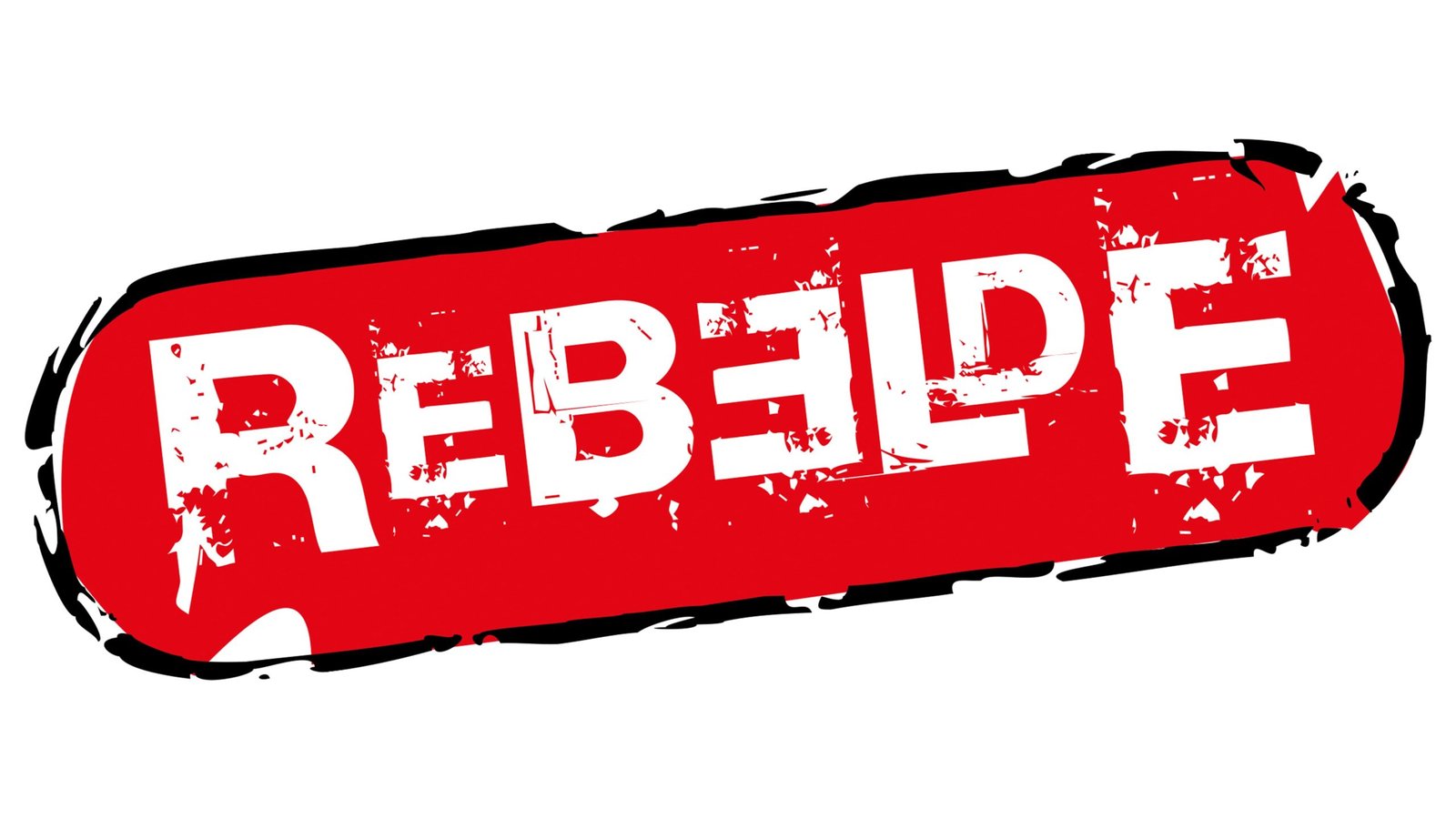Meditation is a transformative practice that fosters mental clarity, emotional balance, and overall well-being. However, many practitioners struggle to deepen their meditation experience. One powerful technique to enhance meditation is visualization, a method that engages the mind’s ability to create vivid mental images, fostering focus, relaxation, and spiritual connection.
In this article, we explore the Power of Visualization: Enhancing Your Meditation Practice, its benefits, and practical techniques to integrate it into your practice. Whether you are a beginner or an experienced meditator, visualization can unlock new levels of mindfulness and self-awareness.
What Is Visualization in Meditation?
Visualization in meditation involves creating mental images to guide focus, evoke emotions, and enhance the meditation experience. Instead of simply concentrating on the breath or a mantra, practitioners use imagery to cultivate a deeper state of awareness.
Visualization can take many forms, including:
- Guided Imagery: Listening to a meditation guide describing a scene or journey.
- Symbolic Visualization: Imagining sacred symbols, colors, or objects.
- Manifestation Meditation: Visualizing desired goals or outcomes.
- Healing Visualization: Picturing energy healing the body or mind.
This technique engages both the conscious and subconscious mind, making meditation more immersive and effective.
Benefits of Visualization in Meditation
Enhances Focus and Concentration
Visualization directs the mind toward a specific image, reducing distractions. This improves mental clarity and strengthens concentration, which is crucial for deep meditation.
Reduces Stress and Anxiety
By visualizing peaceful landscapes, such as a serene beach or a lush forest, the brain signals the body to relax. This can significantly lower cortisol levels, helping to combat stress and anxiety.
Strengthens Mind-Body Connection
When practicing healing visualization, the mind-body connection deepens. Imagining energy flowing through the body can improve physical well-being and even accelerate healing processes.
Boosts Emotional Resilience
Visualization fosters positive emotions by replacing negative thoughts with uplifting mental images. This can enhance emotional stability and resilience against daily stressors.
Supports Goal Manifestation
Many successful individuals use visualization for manifestation. By clearly imagining desired outcomes, such as career success or personal growth, you align your mindset with your goals.
How to Incorporate Visualization into Your Meditation Practice
Choose a Quiet Space
Find a comfortable and peaceful place where you won’t be disturbed. This helps you enter a focused and relaxed state.
Set an Intention
Decide what you want to visualize. Do you seek calmness, healing, or motivation? Setting an intention guides the meditation experience.
Use Guided Meditations
For beginners, guided visualizations can be helpful. Apps like Calm, Insight Timer, or Headspace offer structured meditation scripts to follow.
Engage All Senses
Make the imagery as vivid as possible by including sight, sound, smell, taste, and touch. For example, if visualizing a forest, imagine the rustling leaves, earthy scent, and warm sunlight on your skin.
Breathe Deeply
Combine visualization with deep breathing. Inhale as you picture positive energy entering your body and exhale as stress leaves. This enhances relaxation and presence.
Repeat Affirmations
Pair visualization with positive affirmations to reinforce belief. For example, if visualizing success, repeat:
“I am confident and capable of achieving my goals.”
Practice Regularly
Like any skill, visualization improves with consistency. Aim for 5-10 minutes daily, gradually increasing the duration as you become comfortable.
Common Visualization Techniques
Golden Light Healing
- Imagine a warm golden light entering your body with each breath.
- Visualize it healing areas of tension or discomfort.
- Feel the light filling you with peace and energy.
The Safe Place Method
- Picture a safe, tranquil location, such as a beach or garden.
- Engage all your senses to make it real.
- Return to this place whenever you need comfort and relaxation.
Chakra Visualization
- Focus on each chakra (energy center), imagining it glowing with vibrant color.
- Start from the root chakra (red) and move up to the crown chakra (violet).
- This balances energy and enhances spiritual awareness.
Future Self Visualization
- Picture yourself in the future, having achieved your dreams.
- Notice how you feel, act, and think in this ideal state.
- This technique boosts confidence and motivation.
Conclusion
Visualization is a powerful tool that can elevate your meditation practice, making it more immersive and transformative. By integrating visualization techniques, you can enhance focus, reduce stress, strengthen the mind-body connection, and manifest positive outcomes.
Whether you are seeking peace, healing, or self-growth, visualization can guide you toward a more profound meditative experience. Start incorporating these techniques today and unlock the full potential of your mind!

